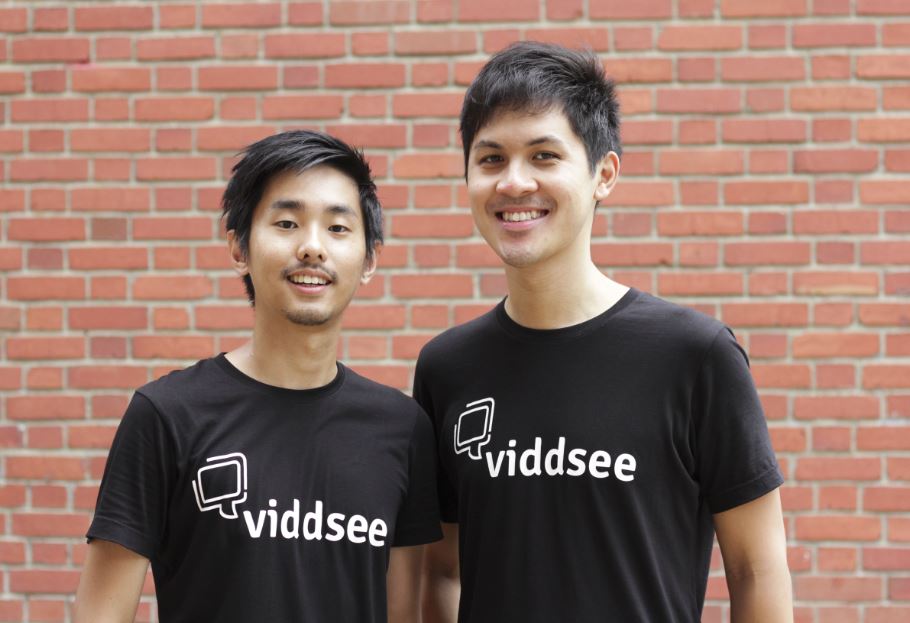Viddsee takes off with 'don't know who's right' approach

Like many startups, video streaming site Viddsee faced many tough decisions particularly around what areas to prioritize resources, to more trivial stuff such as where to place certain graphics on its site.

For example, there have been disagreements between co-founders Ho Jia Jian and Derek Tan over what would be the better way to place wordings and banners on the site. 'We can get very anal about placing certain designs in a certain spot," said Ho, in an interview.
"We go on the concept of we don't know who's right," Ho added, explaining this usually meant trying out both ideas to see which eventually draws better feedback or success. This allows them to get on to more critical stuff, he added.
One of the other hard decisions is setting internal targets to determine when to push ahead with new plans, such the number of unique visitors or engagements.
Lean startup approach
"Having our backgrounds in filmmaking, we saw the gap that many filmmakers regionally struggled to garner an audience and on the audience side, access was the issue. This gave birth to the idea of starting a targeted content platform, Viddsee," said Ho.
From day one, they adopted a lean methodology of getting the Viddsee platform up. The project first materialized last September as a Facebook Page, where it soon gained enough traction to encourage Ho and Tan to spend more time to develop a site and seek a government startup grant. Both founders are also computer engineers with backgrounds in building platforms.
"We adopted a Web application strategy for access, with the idea of making films to be accessible on various platforms regardless of the devices," said Ho. On the streaming front, they consciously took an HTML5 approach in order for video playback to be supported across various operating systems.
The founders pushed out their desktop Web application in January this year, and then an mobile-optimized site in June when they noticed 40 percent of traffic was via mobile. Making the product as accessible as possible while keeping costs down was the main motivator behind decisions.
"Our strategy is to acquire users with a Web application first and then correspondingly drive engagement with a mobile native application. With the native application ecosystem, there could also be possible experimentations around monetization too," said Ho.
While the focus will be acquiring users in the first year at least, potential monetization plans for the future include pay per view and collaborations with content partners via channels. Viddsee has since attracted an audience of over 90,000 since its launch in January.
According to Ho, Viddsee offers a curated experience which differentiates itself from YouTube where good short films can be drowned out by a sea of other clips. Filmmakers have seen the value in showcasing their work on Viddsee, where the right crowd can find the right thing, he added, noting both platforms were not mutually exclusive, so some filmmakers placed their films in both sites.